|
How to quickly sew a zippered pouch with flat bottom?
And a beautiful way to use the lips and/ or moustache quilt block pattern from my face mask ....... once you're masked out, like me :-) One can NOT have to many zippered pouches, it's like shoes... you can never ever have too many, right? Zippered pouches are super easy to make and you can use them for anything and everything literally all the time. I'll show you how quick and easy it is, to make one of these beauties using my lips quilt block pattern from the lips mask pattern. This pattern is kind of made for a pouch, because it has the perfect size. Fabric requirements and materials needed: - lips quilt block finished 9.5" x 7.5" - fabric for the back 9.5" x 7.5" - 2x strips of solid fabric 2.5" x 9.5" - lining fabric 2 x 9.5" x 9.5" - medium weight fusable interfacing 2 x 9.5"x 9.5" - 9 " zipper ( if your zipper is too long, check ou this post on how to quickly shorten a zipper ) - clips or pins - scissors or rotay cutter - ruler, thread and sewing machine.
DIY ZIPPER POUCH with foundation paper piecing detail:
This completed zipper pouch measures approx. 8" at the top, 7" at the bottom and is about 3" wide at the bottom. This is a perfect size bag for make up, or sewing notions and would easily fit in you handbag .
1. Sew the lips quilt block according to the pattern. It should mesure 9.5" x 7.5" when finished.
2. Cut your back fabric , lining fabric and fabric strips according to the mesurements given. 3. Stich the solid fabric strips to the bottom of the quilt block and to the bottom of your back fabric.
4. Iron on the fusable interfacing to your front and back panel.
5. Cut out 1.5"x 1.5" corners at the bottom of your outside panels and your lining.
This will give you your bottom corners of the pouch.
6. Fold the corners so the edges are facing each other and stitch along the 1.5" edge.
This creates a boxed corner. Sew all 8 corners like that.
7. Attach the zipper to the front panel right side of front panel facing you and right side of zipper facing down.
Sew the zipper first to the front panel and then to the back, again right side of zipper against the right side of the fabric.
8. Place the lining right sides together on top of outside panel and sew along top edge.
Repeat for the back.
9. Optional: Stitch a top seam along the zipper from the outside,
10. UNDO THE ZIPPER ! This is important for turning the pouch later :-)
And stitch all the way around the pouch , except a 6" turning gap along the bottom of the lining using a 1/4" seam allowance.
11. Turn the bag right side out. Fold the edges of your turning gap in and stitch to close.
12. Fold lining inside and..... TADAHHH :-)
What do you think?
Btw. if you're interested in News and Coupons for future pattern releases, subscribe to my Newsletter here on my site:-) Happy Sewing!
0 Comments
How to shorten a nylon zipper ? A super short and quick way to solve this problem.
Dont we all know the situation where we want to quickly sew a gift or project, like a pouch or bag, and we do have all the fabrics and supplies but... Oh No... the zipper is too long. Don't despair, there's an easy solution :-)
1. Start by measureing your zip and marking your needed length.
IMPORTANT: zippers are measured from the zipper top, not the zipper tape. I can not tell you how often I fogot that! The marked point is where you will be sewing your new bottom stopper.
2. I usually machine stitch over the marked point a few times. But you can also hand stich over that point a few times , that does the trick just as well.
This new stopper needs to be tight and secure to prevent the zip from running off the end. Remember it's calles a 'stopper ' for a reason .
- sewn by machine - - sewn by hand -
3. Once you have sewn your new bottom stopper you can cut the zipper.
I've cut this zipper fairly short, since I will be using it for a zipper pouch. Depending on your sewing project, you cn cut it a little longer. The process is the exact the same for an invisable zipper of course.
And here it is, a perfect 9" zipper for a cute flat bottom pouch :-)
If you want to sew this cute pouch, check out the blog post for the pouch here.
How to sew a quick and easy face mask at home?
As it becomes more and more evident that we will all be wearing face masks soon whenever we go out, I 'll show you a quick and easy way to make your own face masks. You'll probably want to make several face masks, as they should be washed frequently, preferably after each wear. This is a free face mask pattern. The CDC says homemade cloth masks can help slow the spread of the coronavirus. These fabric masks can help protect you in places like the grocery store, public transport, pharmacy and so on, where it's harder to keep a safe six-foot distance from other people. This works best if everyone wears them because people who don't have any symptoms can still be spreading the virus.
As more information about the coronavirus pandemic develops, some of the information in this blog may have changed since it was last updated. For the most up-to-date information on COVID-19, please visit the online resources provided by the CDC, WHO, and your local public health department.
Whats the best fabric to use for a home made face mask?
Researchers tested the effectiveness of a wide range of materials for homemade masks. They measured how well the materials you have in your household could capture and filter small particles. Test data shows that the best choices for DIY fabric masks are tightly woven cotton materials, such as sheets, or other cotton materials. Using a double layer of material for your DIY mask adds a small increase in filtration effectiveness. Other research found that the most effective masks were constructed of two layers of heavyweight “quilters cotton” with a thread count of at least 180, or had a thicker and tighter weave. As I am a quilter, and have a ‘small’ selection of quilters cotton in my home, this pattern is made with quilters cotton on the outside and cotton sheet as a lining. This face mask pattern has 2 layers of cotton fabric. Fabric and material requirements:
Men/ large : Outside fabric: 10”x 7,5” Lining fabric: 7”x 7,5” Elastic band approx.: 2 x 9” if you’re using cotton ties or ribbon, you need 4 strips of approx. 15”-18” length. If the ties are too long, just cut them down to the size you need. Women/ medium: Outside fabric: 9”x 7” Lining fabric 7”x 7” Elastic band: 2 x 7,5” Children/ small: Outside fabric: 8”x 6,5” Lining fabric: 6,5”x 6,5” Elastic band: 2 x 7”
Cut the fabric and elastic depending on the size you want to sew.
Place your fabrics right sides together leaving a 1" seam allowance on each side.
If you want, pin or clip in place.
First you sew one seam about 1/4" from to edge. ( If you used pins or clips, you take them out now)
Then place the wire centered between the two layers of fabric against your seam. Fold the fabric back right sides together and sew a second sean about 1/8" from the previous seam.
Then sew a third seam, again with a 1/4"seam allowance, along the bottom edge.
When you're done sewing, turn the face mask right side out and iron the seams.
Fold 2 evenly-spaced 1/2" pleats. Pin or clip in place and sew to secure. the width of your mask should be about 4" for the large mask ( 3,5" for the medium mask and 3" for the small one.)
Fold over the seam allowance at the sides twice 1/2" and pin in place.
insert eleastic , or ribbon or cotton tie as shown above. In case your ribbon or cotton tie is too thick you can just attach it on top as well.
With a 3/8″ seam allowance, sew each side of the facemask with two seams. Backstitch over the elastic or fabric ties to secure them.
And there it is, all done :-)
I made two of these masks for my husband and son,
Guess ( from the fabric used :-)) what kind of work my two men are doing? happy guessing :-)
Are you looking for something fun ?
How about these two beauties? Fun face masks for Mr. and Mrs :-) You can shop the pattern here. Why do you need a Tailor's clapper for quilting and patchwork? Have you heard of a tailor's clapper? Have you ever wondered what it is? And most importantly have you ever wondered if you need a tailor's clapper for quilting? The short answer is YES, you absolutely do. But let me explain a few details about my favorite quilting tool first. Here are some facts about a tailor's clapper and I answer the most frequently asked questions. 1. What is the Tailor’s Clapper? It’s a piece of wood, usually hardwood (such as maple ) used by tailors (duh) to get flat, crisp seams or creases. It is usually rounded at both ends and has often grooves along the longer sides so you can hold it easily. The tailor's clapper originated in the dressmaking world and was and still is used for nice flat seams without getting shiny from ironing. Imagine a pair of pants in a delicate material, let’s say silk. Now you iron the side seams, the result will be a seam allowance that shines through and an outside seam that's shiny too. This is every dressmakers nightmare. Not so with the tailor's clapper. 2. How is the Tailor’s Clapper used? As I mentioned before, the tailor's clapper originated in dressmaking, so of course it works perfectly for pressing your clothes, but I will explain the use of this tool here for quilting. You iron your seam briefly and then place the clapper onto your seam. The heat of the iron will be absorbed slowly by the wood so the heat stays in the fabric long enough to flatten the seams nicely, while the weight of the wood presses onto the seam at the same time. 3. What kind of wood is used for a Tailor's clapper? Tailor’s clappers are made out of hardwood. The wood has to be heavy and close-grained in order to do the job perfectly. The weight matters as well as the close-grain wood. If the clapper is to light the heat will be absorbed too quickly and ultimately your seams would not be as flat as you wish. If the tailor's clapper is made out of less dense wood, it can absorb the steam or humidity that stems from ironing which will result in breaking the tool. This is the reason why Maple is one of the most popular woods for a tailor's clapper. 4. Why you need the Tailor’s clapper for quilting? Geometrical forms, squares, triangles, circles etc. are the most popular forms used in patchwork and matching seams and corners are essential. Pressing is key for patchwork to get nice matching corners and seams. Most importantly pressing without steam and pressing with moderate heat or shorter pressing times. If you leave your iron too long on your fabric, in order to flatten those seams with several layers of fabric, you might discolor your fabric and ruin all of your beautiful quilting work. That's where the tailor's clapper is the perfect tool. You just leave it on your seams after you pressed briefly and let the wood do the trick. 5. Do Tailor's clappers work? You decide for yourself, have you ever seen flatter seams? I have to admit, can not live without my tailor's clapper. It is one of my absolute favorite tools. The seams are almost as flat as if it was just one layer of fabric, which makes joining quilt blocks and segments a breeze. You will find the palm tree quilt block pattern here. 6. The tailor's clapper and Foundation Paper Piecing Especially with Foundation Paper Piecing flat seams are key to precision and accuracy. You might say, why not just iron those seams? And yes you are right, but first of all you cannot iron with steam, as this may distort your paper, or dissolve the ink on your pattern and stain the fabric. And second, you can’t iron for too long, because it might discolor your fabric. But you need nice and flat seams, in order for your blocks to fit together perfectly. This is why the tailor’s clapper is the most perfect tool. As I mentioned before, you iron your seams quickly and then place the clapper on top. That way the heat of the iron is ‘trapped’ under the clapper long enough to nicely flatten your perfect seams. Tipp for joining segments: Sew two segments together acording to the pattern. Remove the paper ONLY from the seam allowance and press with a hot dry iron quickly, then leave your clapper on the seam for a few minutes till the fabric cools off. I actually use that time to sew the next segment :-) You will get the nicest and flattest seams ever. 7. What's the average size of a Tailor's clapper? The most common size for a tailor's clapper is about 2"-3" wide and about 8"-12" long. This will work perfectly for most quilt block sizes. Happy clapping....ahhh sewing :-) 8. Can I make my own Tailor's clapper? You absolutely can make your own, if you wanted to. Here are some good instructions to do so. But these Tailor’s clappers are also available online from many stores, form Amazon, Nancy's Notions to Etsy. Shop palm tree pattern here. Ingrid xx Travelling inspires ... We spent spring break in Africa last April. Marocco to be exact and Marrakech to be even more precise. We're very lucky, it's not far from here to travel to, and it's one of my favorite places on the planet. We always stay right in the middle of the Medina in a Riad. Just writing about it makes me miss it again, and I can hear the sounds and smell the scents... ahhh, it's nothing short of amazing. The city of Marrakech is surrounded by the Atlas mountain range and the desert. Therefore you'll find many camel riding and desert tours. The first time, we stayed at an Oasis outside the city many years ago, inspired me to design my camel quilt block pattern. This time, I added some other African animals to my animal series, the elephant family. These are some of my favorite quilt block patterns ever. They are not only fantastic for all sorts of quilted items, such as pillowcases and table runners, but they will look fantastic as a wall hanging as well , in any room really. I get asked all the time, what other ways, besides the ones mentioned above, there are to use these blocks, well I thought the elephants would be perfect for fabric baskets... tadaahh (almost the sound of an elephant, right ?) For some reason they suit the round form of the basket, don't you agree? As you can see, there are many ways to use these baskets, I'm using mine in the bathroom for towels and hair stuff, but the possibilities are endless.
You will find the pattern for the baskets here.
Chosing fabric for your quilting projects can sometimes seem overwhelming
and will and should take some time and consideration. Not knowing where to start holds you back from doing it at all? Sounds familiar? I have been there. You enter a fabric store and the selection is so stunning and colorful, you don't even know where to start? And you love everything you see and want to buy it all? Trust me... been there , done that... But it doesn't have to be that way. Look at it like shopping for a pair of shoes, the ultimate fun right ? You get to browse the stores, try out shoes, imagine yourself in them, and finally find the perfect match. They look good, fit perfectly and aren't too expensive :-) It's the same with fabric, since you will likely invest quite some time in your sewing project... your fabric will be your foundation and it should be a great fit. 1.) First of all, there's two ways to shop for fabric one: in your favorite local fabric store or two: online. Depending on your experience your local fabric store is definitely the best choice as a beginner. You can touch the fabric and ask the store owner/ sales clerk for help as well. You can admire the colorful shelves, pull out fabric, place them next to each other. Find pre-coordinated bundles of different designers and get tons of inspiration. If you're more experienced you will also enjoy online shopping , you probably know some fabric designers and their lines, you have a pretty good sense of what you're looking for? Perfect, that makes online fabric shopping so much easier. I personally prefer fabric shopping in a fabric store. There's nothing like actually touching fabric and laying it out together to see if the choices 'feel' good together. A personal tip for either way of shopping : take your time and enjoy the process. 2.)The next step is looking at your pattern. What do you want to achieve? Something fun and colorful, or something classy ? What occasion is it for? What look do you want to create? Modern, whimsical, romantic? Who is the quilt or quilted project for? What colorways do you like? It's always good to think about this in advance, it saves you from confusion in the store or online and also from spending too much or too little because you're getting overwhelmed. Kind of like knowing whether you need boots or sandals, and whether you need them for hiking or a wedding :-) Here's an example: I colored my Chinese New Year quilt patterns in two different colorways. (btw. each one of my patterns has a coloring page for you, so you can try out different options for yourself and can see beforehand which way you want to go.) Warm colors and more traditional for Chinese New Year, or cool and crisp and more unique for the occasion.
I went for the warm and traditional version,
probably cause those are also my favorite colors of all times.
3.) The third step will be combining fabrics of the desired colorway.
This doesn't mean using all of them, certainly not, but it gives you a good look at all the different options. It also shows you which prints or solids will work fine and which ones won't work at all. This process is essentially the same in a fabric store. We all have favorite colors and/or favorite print patterns. There are solids, small scale prints, large scale prints, flowers, paisleys, stripes or the cutest little novelty prints, the choices seem and are endless. So most importantly trust your taste. Build your fabrics around a certain colorway or a focal print or both. (eg. in the photo above, the two larger scale flower prints carry all the colors of the solids and small scale prints around them) As a total beginner you can always start out with bundles of fabrics. These are pre-coordinated by designer, collection or color and make it very easy to start out with your project. Here are two finished versions of theballoon lantern pattern. As you can see, you achieve completely different results of the exact same pattern just with the fabrics. 4.) For Foundation Paper Piecing it is quite important to work with contrasts, otherwise the colors will blend in with each other too much, and the pattern and most importantly your work will not be as noticable.... something I had to learn the hard way :-) There were quite a few quilt blocks, that I started and never finished because the contrast wasn't enough and it just looked really bland.... So which ever way you start out, or coordinate your fabric, pick what you like, because you're the expert of your taste .... and have fun with it, there's hardly anything as nice as fabric shopping..... except maybe shoe shopping :-)
PS: If you want to enjoy news or coupons for pattern releases, sign up for my newsletter.
|
Author
Ingrid Alteneder Archive
March 2022
Categories
All
|
-
Shop
- New patterns
- All Patterns
- Appliqué Patterns
- Animals
- Baby
- Ballet
- Bear Cottage
- Beach/ Boats/ Nautical
- Buddha/ Mindfulness
- Chinese New Year
- Christmas
- Easter and Spring
- Fairytale
- Fall/ Autumn
- Flowers, Trees and Plants
- Food/ Drinks
- Halloween
- Oktoberfest
- Quilted items
- Stars
- Viva la Frida/ Dia de los Muertos
- Valentine's Day
- Village Patterns
- Mixed pattern
- Home
- About
- Blog
- Publications
- Etsy
- News
- Deutsch
-
Shop
- New patterns
- All Patterns
- Appliqué Patterns
- Animals
- Baby
- Ballet
- Bear Cottage
- Beach/ Boats/ Nautical
- Buddha/ Mindfulness
- Chinese New Year
- Christmas
- Easter and Spring
- Fairytale
- Fall/ Autumn
- Flowers, Trees and Plants
- Food/ Drinks
- Halloween
- Oktoberfest
- Quilted items
- Stars
- Viva la Frida/ Dia de los Muertos
- Valentine's Day
- Village Patterns
- Mixed pattern
- Home
- About
- Blog
- Publications
- Etsy
- News
- Deutsch
|
Visit us at
|

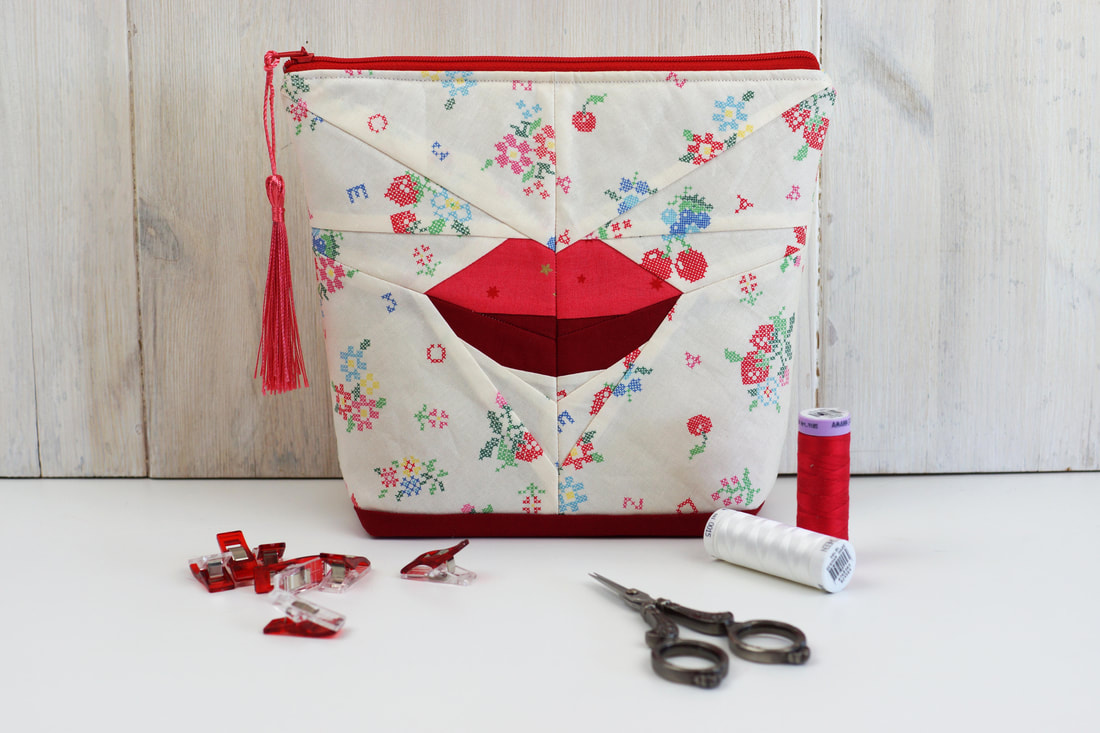











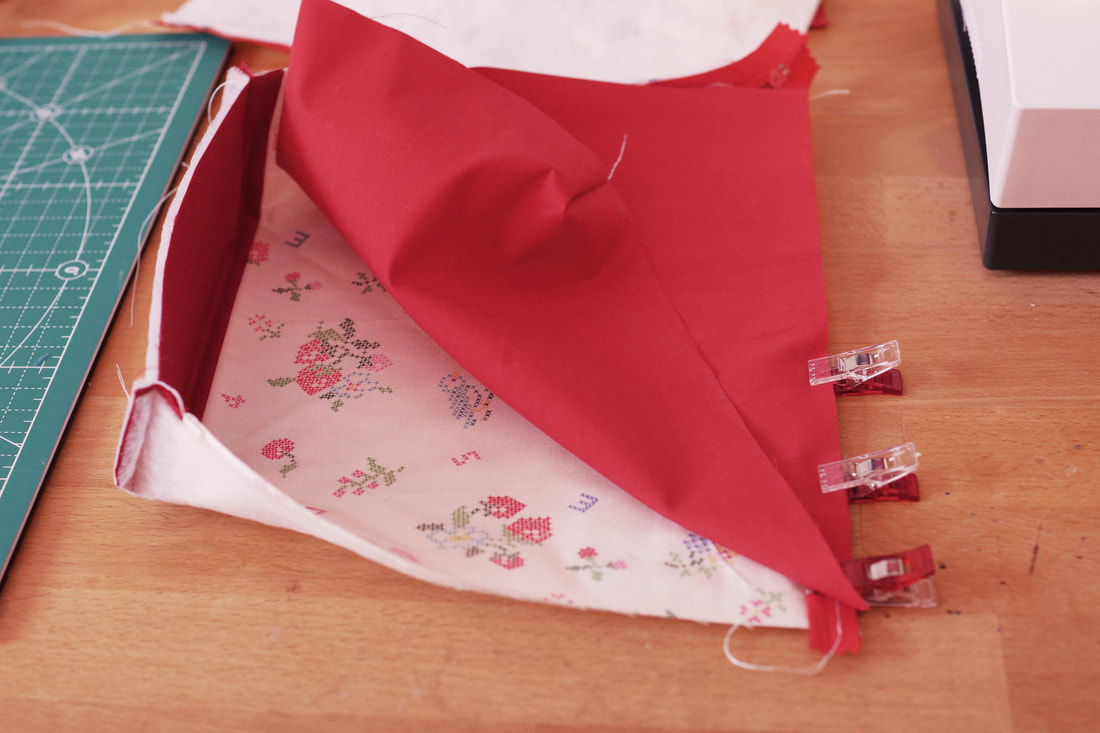









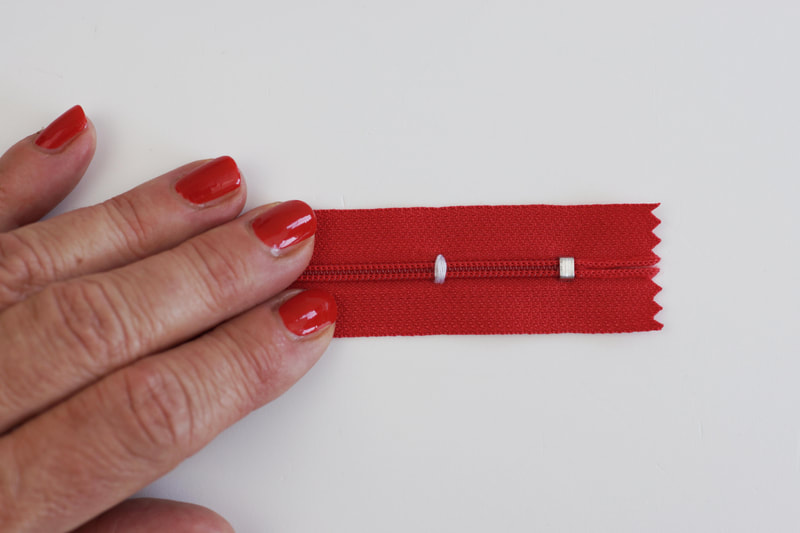






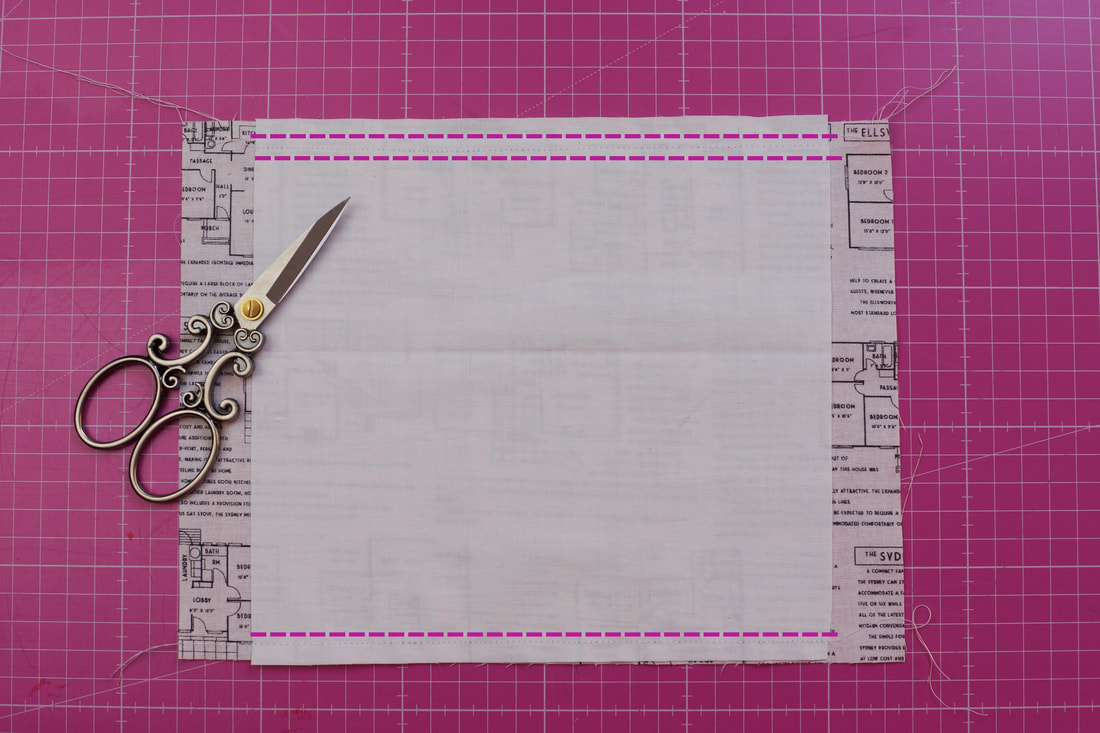


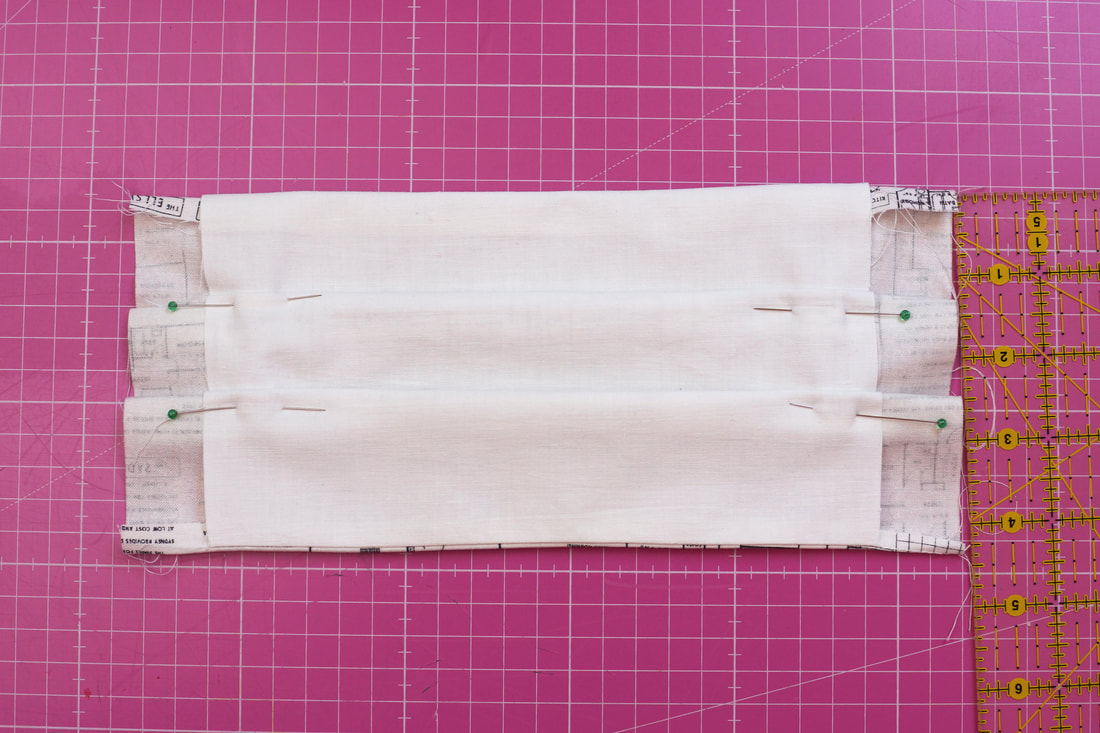










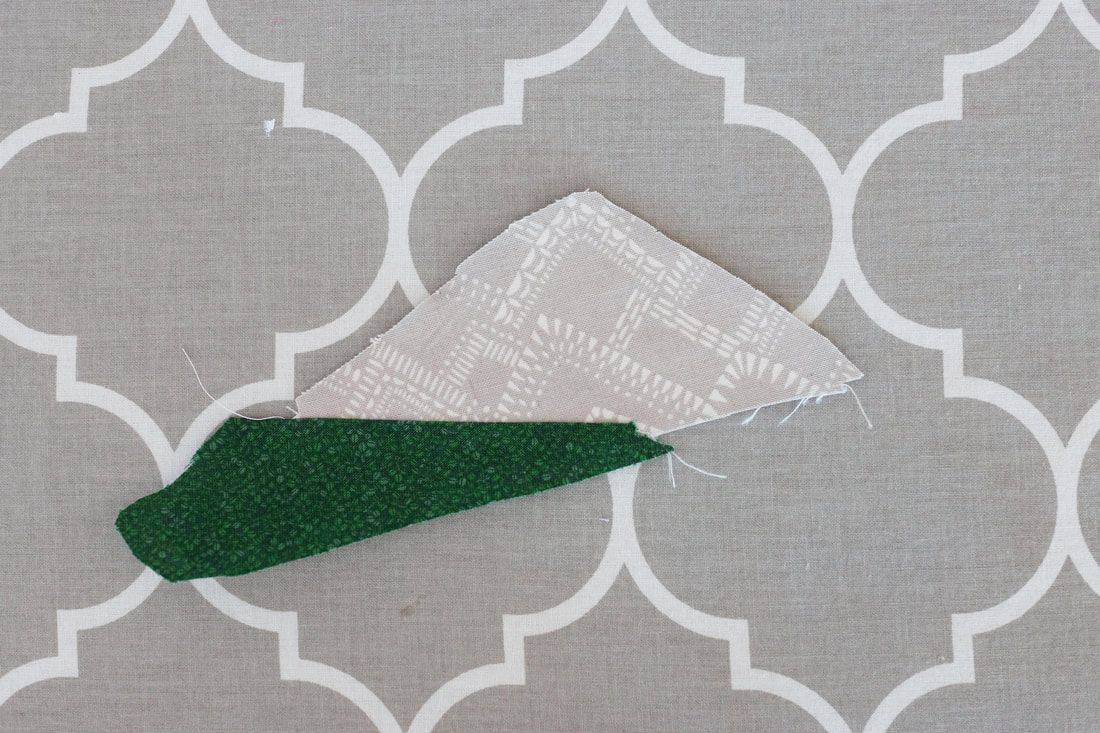



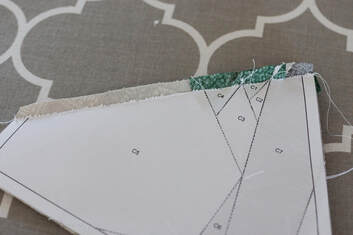

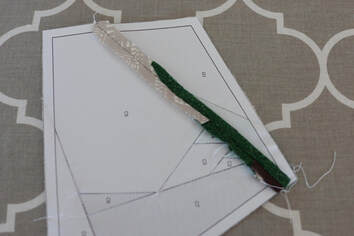












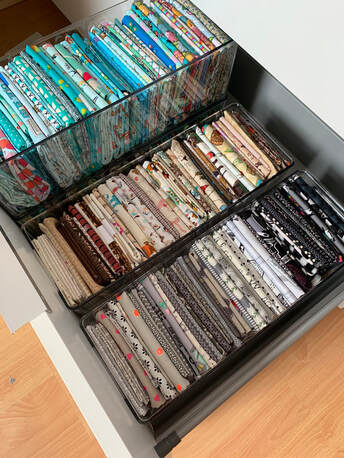







 RSS Feed
RSS Feed
